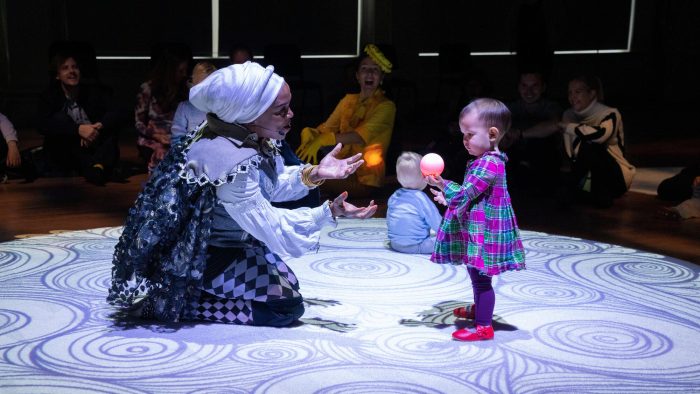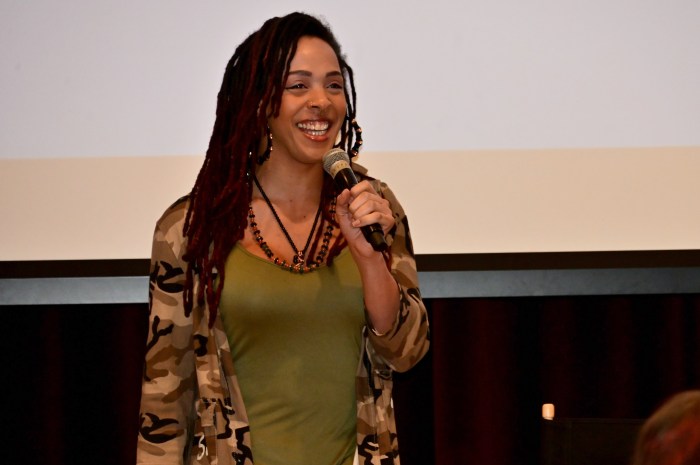
Gymnastics changed Wendy Hilliard’s life forever, and she is trying to do the same for scores of New York City kids.
Hilliard broke barriers as the first African-American to represent the United States in rhythmic gymnastics as part of the U.S. National Team in the late 1970s and early 1980s.
But it was the joy — and the discipline — she learned as a young gymnast in Detroit that she has been sharing with thousands of children since starting the Wendy Hilliard Gymnastics Foundation 22 years ago.
All kids — even those without Olympic dreams — can reap the benefits of gymnastics, she said. Making it accessible and affordable to inner city kids who might not otherwise get exposed to it has been her passion.
“Gymnastics is the kind of sport most kids should take,” Hilliard, 55, said earlier this week, sitting in the Harlem Armory while girls clad in purple leotards practiced graceful moves behind her. “You learn how to work your body. And it really teaches you a work ethic.”
That means repeating something over and over and over until they get it right, she said.
“It’s not fast in gymnastics. It’s very specific,” said Hilliard, who lives in Harlem with her husband and two sons.
Hilliard will be welcoming gymnastic teams from around the region and the country from Feb. 23 through Feb. 25 for the Harlem Gymnastics Invitational at the Armory, which she uses through a partnership with the Harlem Children’s Zone.
Students from her team will get a chance to compete but it’s also a chance for all the kids to showcase their talents for their families and the community.
“You come here and you see so much action,” said Hilliard, who pointed out the event is free and open to the public. “It’s really become a destination meet for people who want to experience Harlem and New York.”
Through donations, scholarships and a sliding scale fee structure, Hilliard has been able to coach 17,000 children in her program since she started in a small church room on the Upper West Side.
That includes kids who come once a week for community gymnastics classes as well as the team members who practice at least nine hours a week. She recently expanded her efforts to her hometown of Detroit.
After she stopped competing, Hilliard continued in gymnastics as a coach and Olympic commentator. She was also the first African-American to be named president of the Women’s Sports Federation.
Her Foundation and its programs have grown steadily over the years. But Hilliard saw a big surge in interest after African-American superstar gymnasts Gabby Douglas and Simone Biles wowed crowds at the 2012 and 2016 Olympics.
It was a heartening moment for Hilliard, who recalls the isolation of often being the only African-American on teams and in practices.
Douglas visited kids in the program several years ago.
“When the kids see these top gymnasts, it’s really, really special,” Hilliard said.
Her teams have gone on to win medals and compete on the national level. One of those former team members, Alexis Page, has returned to work with Hilliard as a coach.
Page, now a 22-year-old Hunter College student, started at the age of 7, commuting long distances by subway and bus to train with Hilliard before she moved her program to the Armory.
A success story, Page’s determination earned her a spot on the U.S. Rhythmic Gymnastics National Team.
She remembers the first time she visited Hilliard’s program.
“There were all these girls in red and they looked so beautiful, they were doing things I had never seen girls do and I knew I could do those things,” Page said.




































